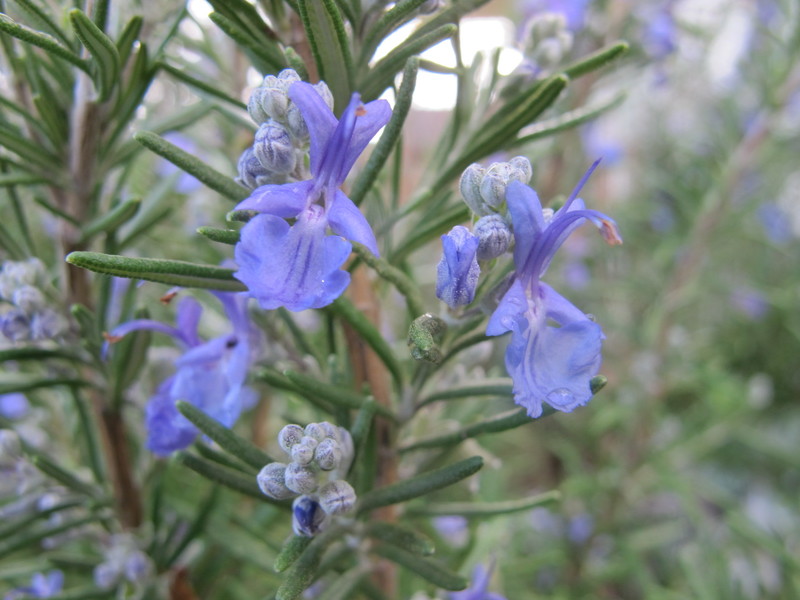Description
Horseherb is a perennial plant native to the eastern and central United States. It is a low-growing plant with small, opposite leaves, typically 1–3 cm (0.39–1.18 in) long and triangular to lanceolate in shape. It bears heads of yellow flowers, with around 10–20 disc florets and 3–8 ray florets, the laminae of the latter around 2–5 mm (0.079–0.197 in) long. It flowers year round. The plant typically grows to be about 6-8 inches tall, and it spreads quickly through its root system. It is often found in open fields, along roadsides, and in other sunny, disturbed areas.
Horseherb prefers well-draining, sandy or rocky soil, and it is drought-tolerant once established. It is winter hardy and can be grown in a variety of climates. To cultivate horseherb successfully, a grower should plant it in an area with full sun exposure and space it about a foot apart to allow for adequate spreading.
Horseherb is not edible, but it does provide value for wildlife. The flowers are a source of nectar for bees and other pollinators. Additionally, the plant can be used as a ground cover to prevent erosion and to provide habitat for other small creatures. It is not known to have any medicinal uses.
